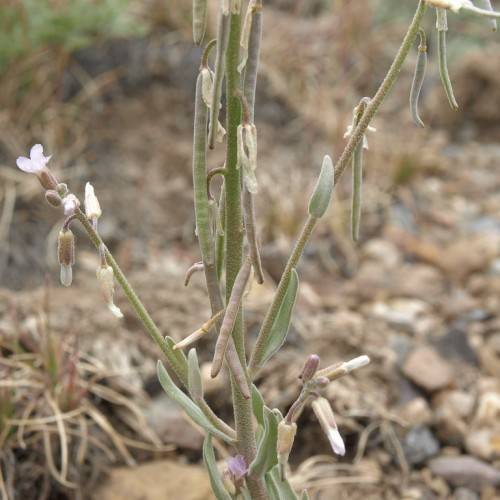
Pine Rockcress
Boechera pinetorum
Watering:
Frequent
Hardiness Zone:
Sun:
full sun,part shade
Fruits:
Fruits Ready In Fall
Leaf:
Yes
Growth Rate:
Low
Salt Tolerant:
Yes
watering
Pine Rockcress should be watered about once a week to maintain its optimal health and growth. Make sure that the soil is moist but not soggy. If the soil is dry, slowly add about 1 inch of water to the pot until it is saturated and allow it to drain. Repeat this process whenever the top of the soil is dry or starting to crack. During periods of very hot and dry weather, more frequent watering may be necessary.
sunlight
Pine Rockcress, an herbaceous perennial plant species, thrives best with partial to full sun. For optimal growth, it needs consistent and sufficient amounts of sunlight throughout the day. During the spring and summer months, it ideally should receive direct sunlight for most of the day, allowing at least 5 to 7 hours of direct sunshine. It will also benefit from a few hours of morning light and a few hours as the sun sets. During the winter, this species should receive 2 to 4 hours of direct sun, combined with the light that reflects off of nearby trees or the sky.
pruning
Pine Rockcress (Boechera pinetorum) is an attractive perennial herbaceous plant. Pruning is recommended for optimal plant health. Pruning should be performed in late summer (August or September) or early fall (September or October). Start by removing any dead or dying stems or leaves. Then, selectively prune the stems back to 2 or 3 nodes above soil level and remove any dead, diseased, or damaged stems. Prune the plant back to a more manageable size, keeping in mind that the plant will typically get several months of growth in the late summer and fall before the winter dormancy period. Pruning should be light and shallow, as this species is prone to discoloration when pruned too deeply.
